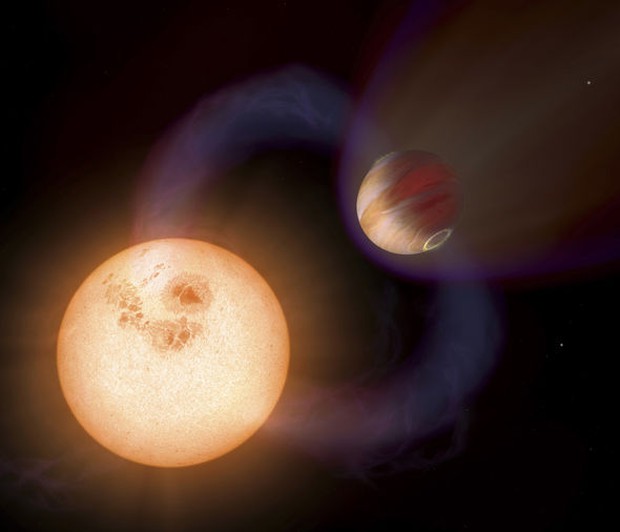This Super Earth is 5.4 times the mass of our Earth and has many interesting secrets.
Astronomers from the Canary Islands Institute of Astrophysics (IAC) and the University of La Laguna (ULL), Spain, recently announced the discovery of a new “super-Earth” located 32 miles from the solar system. Light years, 5.4 times the mass of our blue planet.
We know that “super Earth” is the name for rocky planets outside the solar system, several times larger than Earth. And this newly discovered planet, called GJ 536b, orbits the red dwarf GJ 536.
GJ 536b is estimated to have a mass 5.4 times greater than Earth and an orbital period of only about 8.7 days.
Because the orbital cycle lasts no longer than 9 days, combined with the brightness of the GJ 536, this makes the GJ 536b a remarkable candidate for atmospheric composition.
Jonay Isaí González of the Canary Islands Institute of Astrophysics (IAC) said: “So far the only planet we have found here is GJ 536b but we continue to follow its star to see if there is any. . can find other companions.
According to Jonay Isaí González, GJ 368b is moving around a star much smaller and cooler than the Sun but it is close enough and sufficiently bright. It can also be observed from both the northern and southern hemispheres, which is interesting because future high-precision spectroscopes could then search for another rocky planet in the region of this star.
Alejandro Suárez Mascareño, lead author of the study, said: “Rocky planets are often found in groups, especially around stars like GJ 536. We believe planets can be found. Other small masses are found in the orbits farthest from the star, with orbital periods of around 100 days to several years ”.
According to experts, to determine the planet, it is necessary to measure the speed of the star with an accuracy of up to meters per second.
With the construction of a new device called Espresso co-managed by IAC, experts will increase accuracy by 10 times, expanding the search for a planet with Earth-like conditions around that star. as well as many other stars nearby.
This research was published in the journal Astronomy & Astrophysics.



